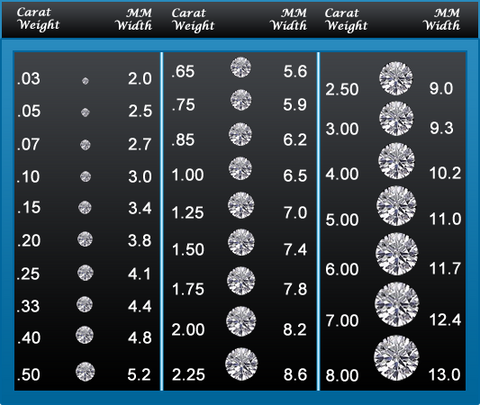7 Critical Things to Know Before Buying a Diamond: Beyond the 4Cs
When it comes to buying a diamond, you've probably heard about the "4Cs"—Carat, Cut, Color, and Clarity. But here’s the truth: understanding those is just the beginning. The real secrets to finding a beautiful, valuable diamond that you'll cherish for a lifetime go much deeper.
This guide, written from a gemologist’s perspective, will take you beyond the basics. We'll show you how to navigate the jargon, avoid common pitfalls, and make a smart, confident purchase that feels right.
1. The Single Most Important C: Cut is King
Let's get one thing straight: Cut is the most critical factor in a diamond's beauty. It’s what gives a diamond its sparkle and brilliance. A perfectly cut diamond will shine spectacularly, while a poorly cut one—no matter how high its carat, color, or clarity—will look dull and lifeless.
* Look for "Ideal Cut" or "Excellent Cut" grades on a certificate. These ratings indicate the stone’s proportions are perfect for maximizing light return.
* Don't mistake "Cut" for "Shape." The shape is round, oval, princess, etc. The cut is about the angles and proportions of the facets.
2. Color Isn't Just About What You See
The diamond color scale runs from D (colorless) to Z (light yellow). While a D-grade diamond is the most valuable, it's not always the best choice for your budget.
* The "Eye-Clean" Trick: Most people can't tell the difference between a D, E, or F color diamond with the naked eye. To get the best value, look for a diamond in the G to J range that appears colorless and save a significant amount of money.
* Setting Matters: A yellow or rose gold setting can actually complement a slightly warmer-toned diamond (like an H or I color), making it appear whiter than it is.
3. The Reality of Clarity: It's All About Inclusions
Clarity refers to the tiny internal flaws, or inclusions, within a diamond. The fewer inclusions, the rarer and more expensive the diamond. The scale goes from Flawless (FL) to Included (I).
* Focus on "Eye-Clean" Diamonds: Just like with color, you don't need a flawless diamond. A VS (Very Slightly Included) or even a well-selected SI1 (Slightly Included) diamond can be "eye-clean," meaning you can't see the inclusions without a magnifying tool. This is where you can find great value.
* Ask a professional to help you inspect the diamond with a loupe to ensure you’re not overpaying for a clarity grade you can’t appreciate with the naked eye.
4. Carat is Weight, Not Size
Carat is simply the unit of weight used for a diamond (1 carat = 200 milligrams). A bigger carat weight doesn't always mean a bigger-looking diamond, as the cut has a huge impact on how large the stone appears from the top.
* Consider a "Sweet Spot": Diamonds just under a major carat weight (e.g., 0.90 ct instead of 1.00 ct) are often much more affordable while looking virtually identical in size.
* Price is Not Linear: The price of a diamond jumps significantly at the 1.00, 1.50, and 2.00 carat marks.
5. Never Buy a Diamond Without a Reputable Certificate
This is where trustworthiness comes in. A diamond certificate is like its birth certificate, detailing its exact characteristics. There are many labs, but only a few are respected globally.
* The Gold Standard: Always look for a diamond certified by the GIA (Gemological Institute of America) or AGS (American Gem Society). They are the most respected and have the strictest grading standards.
* Be Wary of In-House Certifications: If a jeweler offers a certificate from their own lab, it may not be an unbiased report. Stick to independent third-party labs for peace of mind.
6. Think About the Setting: It's More Than Just a Frame
The metal and design of the setting are crucial. Not only does it reflect your style, but it can also enhance the diamond's perceived quality.
* Metal Choice: Platinum and white gold settings make diamonds appear whiter. Yellow or rose gold can be beautiful but may make a diamond with a slightly warmer tone appear more yellow.
* Design Matters: A halo setting can make a center stone appear much larger, while a simple solitaire setting highlights the diamond itself.
7. It's an Emotional Purchase, but Make it an Informed One
In the end, buying a diamond is a personal and emotional journey. The most important thing is that you love the diamond you choose.
By understanding these seven points—moving beyond the basic 4Cs and focusing on cut, certificates, and value—you’ll be able to make a purchase that is not only beautiful but also intelligent and timeless.
What other topics would you like to explore in the world of luxury goods and gems?


Comments
Post a Comment